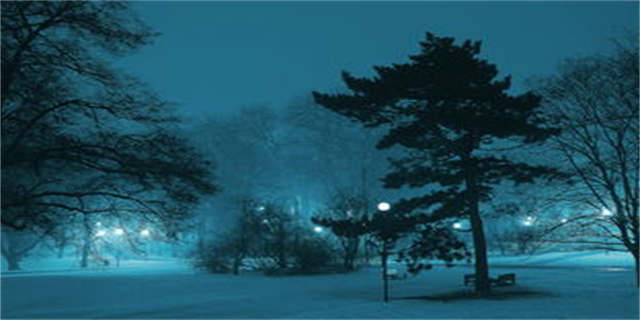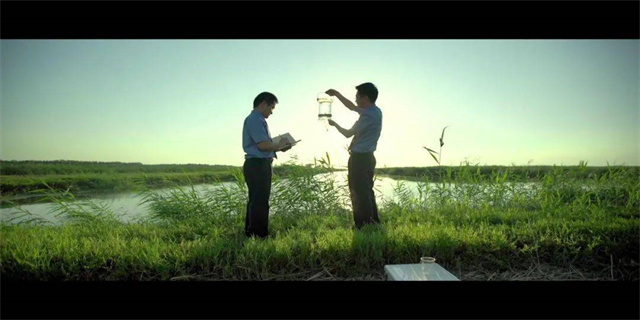最佳答案Comparing PB and PPR Pipes: Differences You Need to Know Introduction: Pipes are an important component of any building's infrastructure. With various types of...
Comparing PB and PPR Pipes: Differences You Need to Know
Introduction: Pipes are an important component of any building's infrastructure. With various types of pipes available in the market, selecting the right one can be challenging. In recent years, Polybutylene (PB) and Polypropylene Random (PPR) pipes have become increasingly popular. Here's a comparison of PB and PPR pipes to help you make the right decision.
What is PB Pipe?
PB pipes are made from a form of plastic that is known as Polybutylene. These pipes are popular because they are affordable and easy to install. However, manufacturers have reported cases of PB pipe bursting. One reason for this is the use of chlorinated water, which can cause the pipes to deteriorate over time. This has led to PB pipes being banned in many countries.

What is PPR Pipe?
PPR is short for Polypropylene Random. PPR pipes are made of a type of thermoplastic called Random Copolymer Polypropylene. They have been in use for over 30 years and are known for their durability and toughness. PPR pipes do not rust, corrode or scale. They are environmentally friendly, easy to install, and safe for drinking water.
Comparing PB and PPR Pipes
When it comes to choosing between PB and PPR pipes, several factors should be considered. Here's a comparison of the two types of pipes:

- Material: PB pipes are made of Polybutylene, while PPR pipes are made of Random Copolymer Polypropylene. PPR is much stronger than PB.
- Cost: PB pipes are cheaper to produce but may be more expensive to install due to the need for special fittings. PPR pipes cost more, but they are easy to install, reducing labor costs.
- Durability: PPR pipes last longer and have a lifespan of up to 50 years. PB pipes, on the other hand, are prone to leaks and damage.
- Safety: PPR pipes are safe for drinking water and have passed international safety standards. PB pipes are known to degrade when exposed to chlorine and are banned in some countries.
- Maintenance: PPR pipes require little maintenance as they are resistant to rust and corrosion. PB pipes require more maintenance as they are prone to leaks and breakages.
Conclusion: PPR pipes are known for their durability, strength, and safety. They are ideal for use in homes, commercial buildings, and industrial settings. PB pipes, while they are cheaper, are also less durable and safe. It is essential to weigh the pros and cons of each type before making a decision. Consulting with professionals will also help you choose the right type of pipe for your specific needs.







